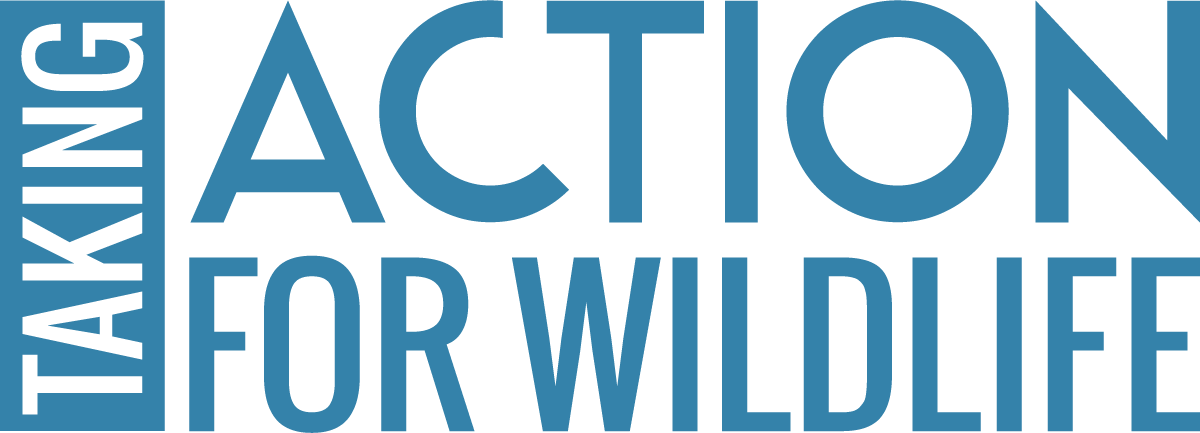Some of Our Smallest Species: New Hampshire's Pollinators
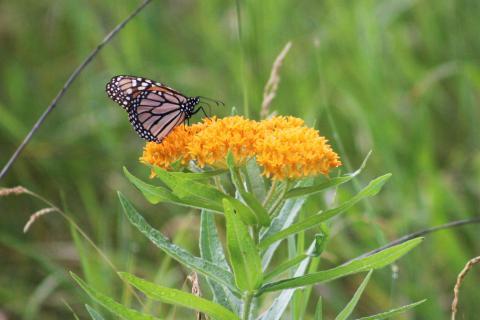
When it comes to wildlife in New Hampshire, the big creatures get a lot of attention. My e-mail inbox and voicemail are often filled with messages from folks who have questions about the moose, bears, and deer they see in woodlands, roadsides, and backyards across New Hampshire. The medium-sized wildlife species get their fair share of the spotlight, too. People want to know how to help turtles cross the road, what they can do to get owls to nest nearby, and if the porcupine that they’re seeing could be the same one as before. But over the last few years, interest in some of the smallest critters has been growing.
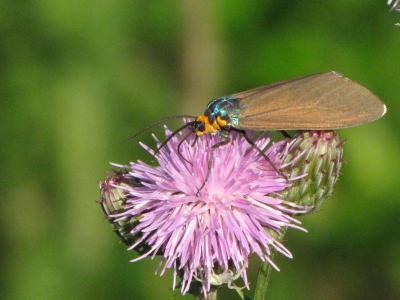
New Hampshire is home to thousands of pollinators, including 4,000+ moth species. Pictured is the Yellow-collared scape moth. Photo: Robert Durant.
By definition, pollinators are species that move pollen from one flower to another, fertilizing plants and allowing them to reproduce. Some birds and bats are pollinators but insects – bees, butterflies, moths, flies, wasps, and beetles – are responsible for most pollination that affects our daily lives. Over 75% of all flowering plants rely on this assisted pollination to reproduce, making pollinators essential to our environment and to healthy ecosystems. They’re also important to our economy and diets – one out of every three bites of food we eat exists because of pollinators.
Pollinators are some of our tiniest wildlife species, but there are a lot of them. With 130+ butterflies, 200+ native bees, 4,000+ moths, and thousands of beetles, flies, and wasps, most wildlife biologists like myself can’t even scratch the surface on being able to identify all the individual species of pollinators found in New Hampshire. Each species has its own unique life cycle and, in some cases, relies on a specific host plant for food or egg-laying. But these species have enough in common that – when thinking about wildlife habitat – we can make decisions that benefit pollinators, in general.
Pollinators need high-quality habitat that provides an abundance of flowering plants, nesting sites, and shelter. These tiny critters can find these resources in old fields, meadows, forest edges, and woodlands, but also in smaller patches of habitats like gardens, hedge rows, and even potted plants. This means that anyone, regardless of the size of your property, can provide something valuable for pollinators.
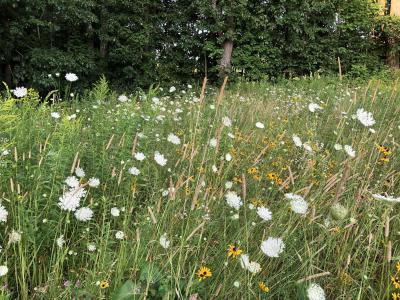
Leaving even small portions of your lawn unmowed can provide valuable food and shelter for pollinators. Photo: Emma Tutein.
Protecting existing habitat and picking the right plants – a diversity of (preferably native) flowers, shrubs, and trees that bloom from early spring to late fall – will help support many pollinators. Providing nesting sites and shelter in the form of host plants, leaf litter, dead twigs and stems, or even a nesting block (‘bee-hotel’) will provide pollinators with the resources they need during different parts of their life cycle. Mowing your yard less frequently and/or leaving areas of your lawn unmowed for a few years at a time can improve habitat for bees and other insects. Avoiding or limiting pesticide use helps to eliminate potential negative impacts to pollinators and their habitat.
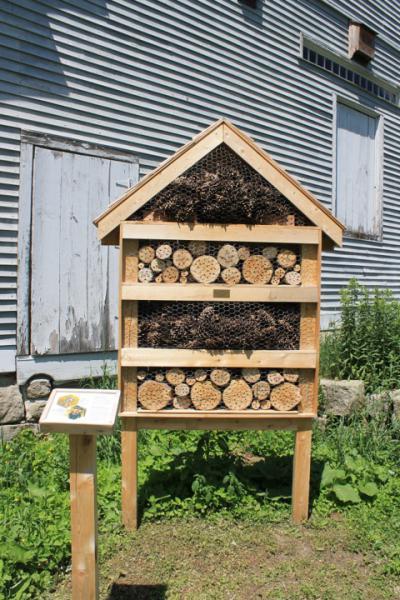
Nesting blocks (or 'bee hotels') are one way to provide habitat for native bees. Photo: NHFG.
Spring and summer are a great time to start thinking about what you have to offer pollinators. If you’re mowing your lawn, can it wait a week or two? If you’re buying from the local garden center, can you find native plants? Do you notice where bees and butterflies are spending their time in your yard? Can you leave those areas as they are? A lot of little actions can have a big impact for these tiny creatures.
For more information on pollinators in New Hampshire, visit the New Hampshire Fish & Game Department Website at wildnh.com/nongame.
To learn about pollinator conservation efforts, including plants that benefit pollinators, visit xerces.org/pollinator-conservation.
Taking Action for Wildlife is curerently developing a new brochure in the Focus on Wildlife series – Pollinators in New Hampshire. Stay tuned for the brochure release in June 2020!
By Haley Andreozzi UNH Cooperative Extension
Spring 2020 Taking Action for Wildlife Newsletter

